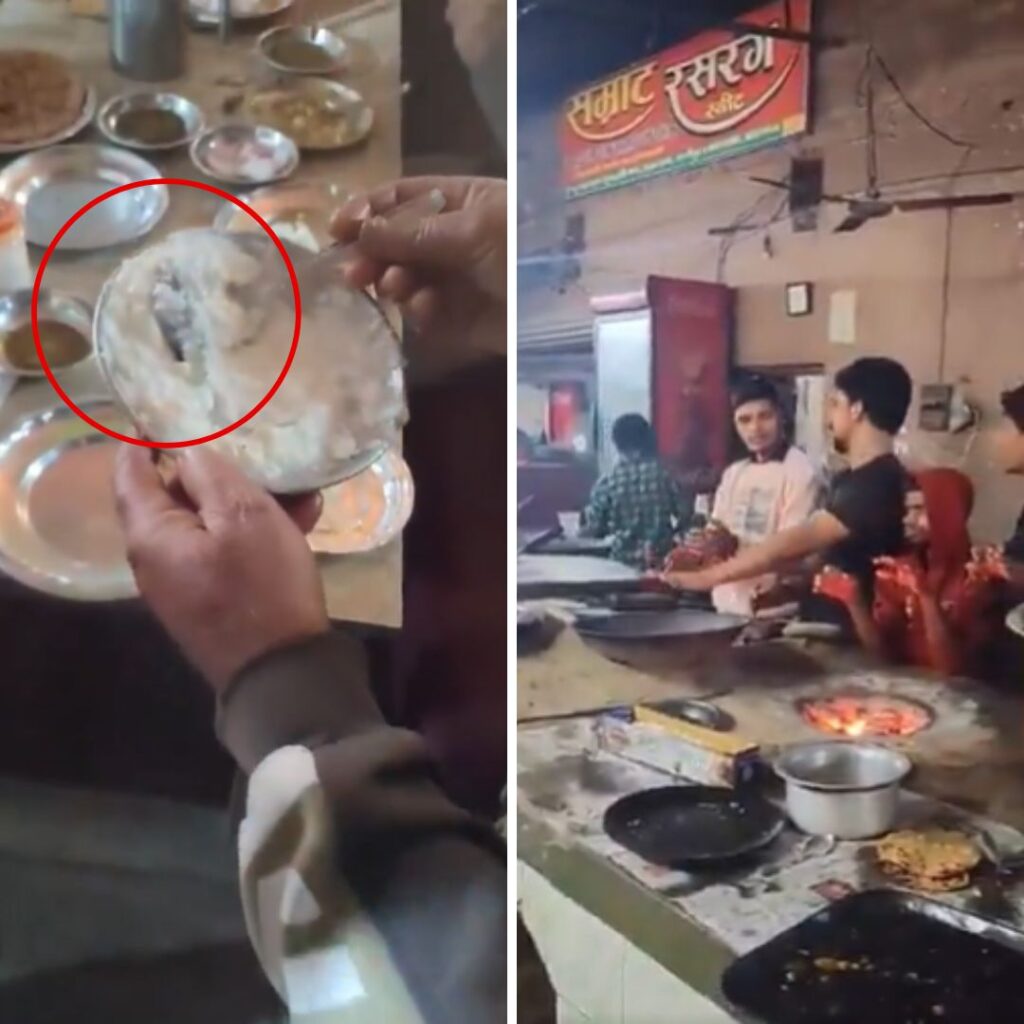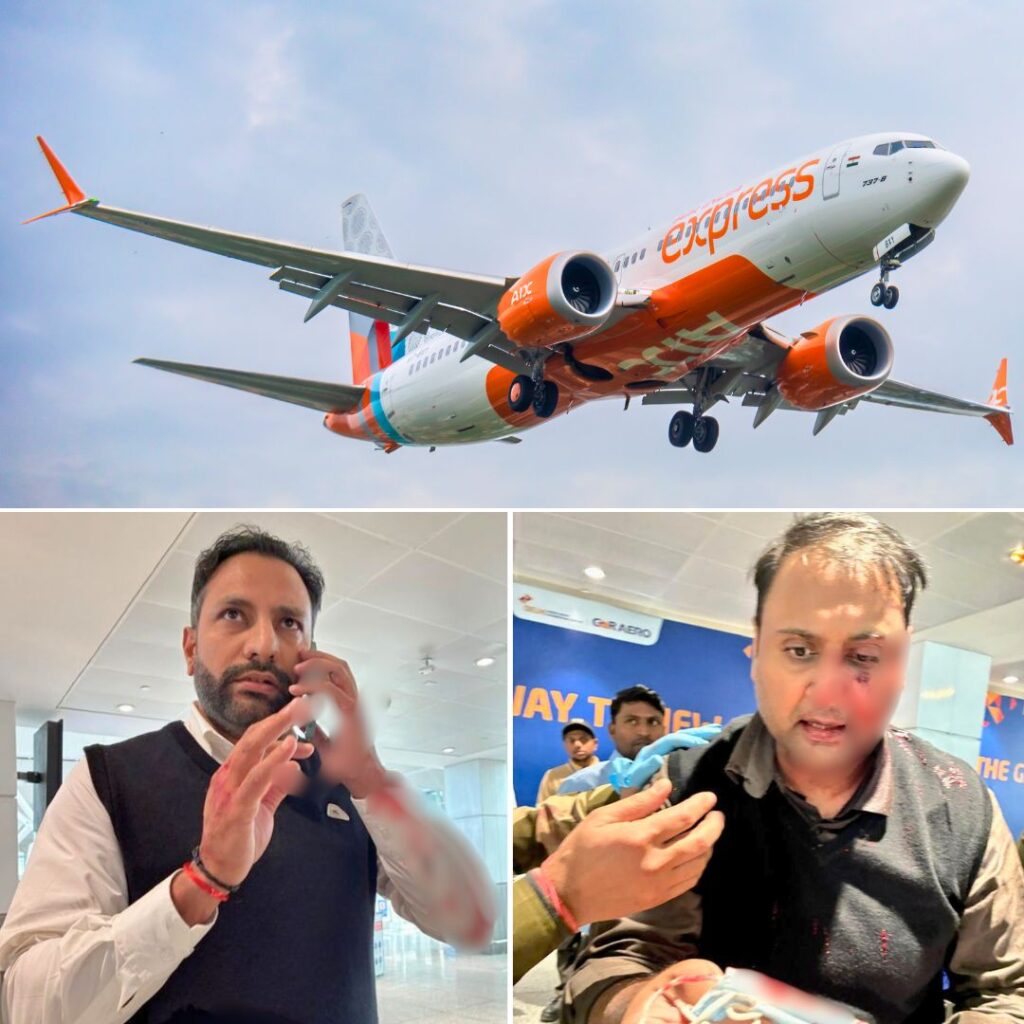Telecom Regulatory Authority of India (TRAI) has clarified that there will be no blackout of the subscribed TV channels when the implementation of the new order kicks in. The TRAI had notified new regulatory framework for Broadcasting and Cable services in March 2017, and it was re-notified, prescribing the implementation schedule on July 3, 2018, reported Live Mint.
Ever since the date on which the new order will be implemented was released, authorities have been noticing the messages being circulated in the media saying that TV services will black-out on December 29, when new order will come into effect. On December 26, Trai assured that there would be no disruption in the existing subscribed channels whatsoever.
“The Authority is seized of the matter and hereby advises that all Broadcasters/DPOs (distribution platform operators)/LCOs (local cable operators), will ensure that any channel that a consumer is watching today is not discontinued on December 29,” said TRAI.
Why an entirely new framework?
The new order aims to provide all the subscribed channels to the customers in a much lower cost. It also allows the consumers to decide what channels they want to watch and will have to pay only for those channels.
Earlier broadcasters and distribution platform operators (DPOs) such as cable and DTH players used to provide some channels for free of cost. But now, the broadcasters are required to publish channel rates and ask cable operators and DTH service providers to offer all channels a la carte at a maximum monthly price of Rs 19 each. With the new order, the consumers will have to pay a minimum of rupees 130 for 100 free-to-air standard definition channels (SD).
Also, consumers can get 25 more SD channels by paying only 25 rupees more. Consumers can now enjoy their favourite channels without having to pay for the entire package. According to TRAI’s new order, broadcasters cannot bundle free channels with the paid ones and neither can they mix high definition channels with SD ones.
So, in short, every TV household will have a separate channel bouquet which they can create on their own, said Punit Misra, chief executive officer, domestic broadcasting business at Zee Entertainment Enterprise Ltd., reported Bloomberg Quint.
The new tariff also mandates that every channel will have to display their MRPs on the TV screen by using electronic program guide and it also allows broadcasters and distributors to offer channel bouquet, but the prices need to be transparent and should be displayed on TV screens.
Do you need to loosen your pocket?
Under the new regime, the consumers will be charged a maximum of 130 rupees as the network capacity fee for 100 channels which will include 24 mandatory channels from Prasar Bharti. Along with this, subscribers can opt for free-to-air channels or pay channels as per their choices. For pay channels, only the prices for the channels/bouquet needs to be paid separately and nothing extra. In case the subscriber opts for more than 100 channels, additional network capacity fee will be charged which is 20 rupees for 25 channels.
Currently, consumers pay for the package and they end paying for the channels that they do not even wish to watch. But with the new order, consumers can save money as they need to pay for for the only those channels that they subscribe to.
Some DPOs not happy with the new tariff
According to Economic Times, while many multi-system operators (MSOs) and a few DTH operators are on board with the new order, some are seeking an extension. But, TRAI chairman has decided not to push the deadline.
“Keeping in view the interest of the subscribers, and to enable a smooth transition, the Authority is preparing a detailed migration plan for all the existing subscribers. The migration plan will provide ample opportunity to each subscriber for making an informed choice,” said TRAI.
Also Read: Pakistan Supreme Court Again Bans All Indian TV Content Across Country











